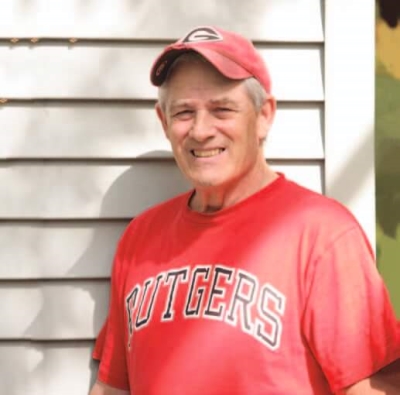Since quitting, Hannon has also noticed that he can breathe easier, and doesn’t cough nearly as much. “People have commented that my skin has more color to it — it no longer looks gray like it did when I was a smoker,” he adds.

Hannon (pictured) met one-on-one with Chris Kotsen, PsyD, certified tobacco treatment specialist and program manager at the Tobacco Quitcenter. Kotsen described the different options available to Hannon and together they decided that using the medication Chantix along with a short-acting nicotine replacement medication would work best.
“He explained what smoking does to you, how it harms and poisons you,” Hannon says. Hannon also attended free weekly professionally led specialty group treatment meetings, where he picked up more ideas for quitting from other participants. “About three weeks in, I told my wife to throw my cigarettes away — I was ready to quit,” he says.
Today, Hannon continues to be tobacco-free and attends monthly group treatment meetings to help him stay that way. “Each time I go, I blow into a device that measures carbon monoxide in my lungs,” he says. “When I was still smoking, it was as high as 18, but it’s motivating to see that number at zero each time I go. I’m no longer poisoning myself.” Since quitting, Hannon has also noticed that he can breathe easier, and doesn’t cough nearly as much. “People have commented that my skin has more color to it — it no longer looks gray like it did when I was a smoker,” he adds.
If you need help quitting smoking, call the Tobacco Quitcenter at 908-685-2442.